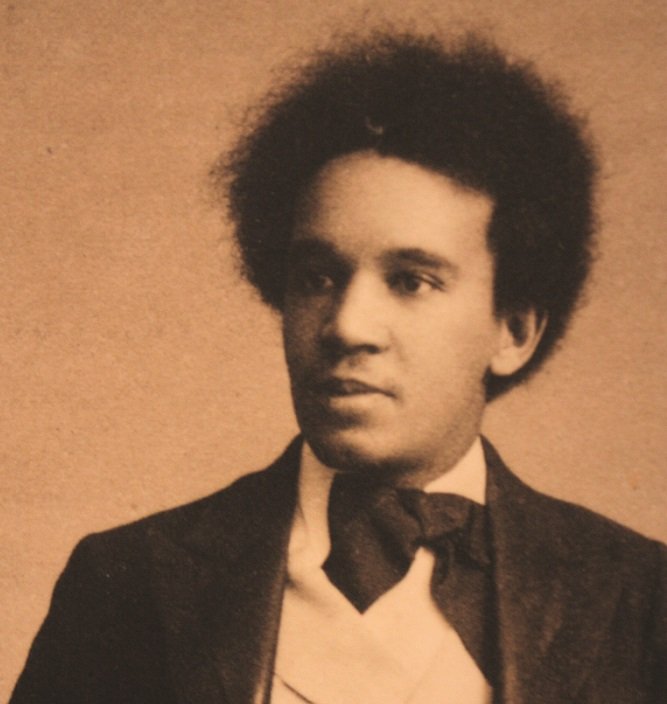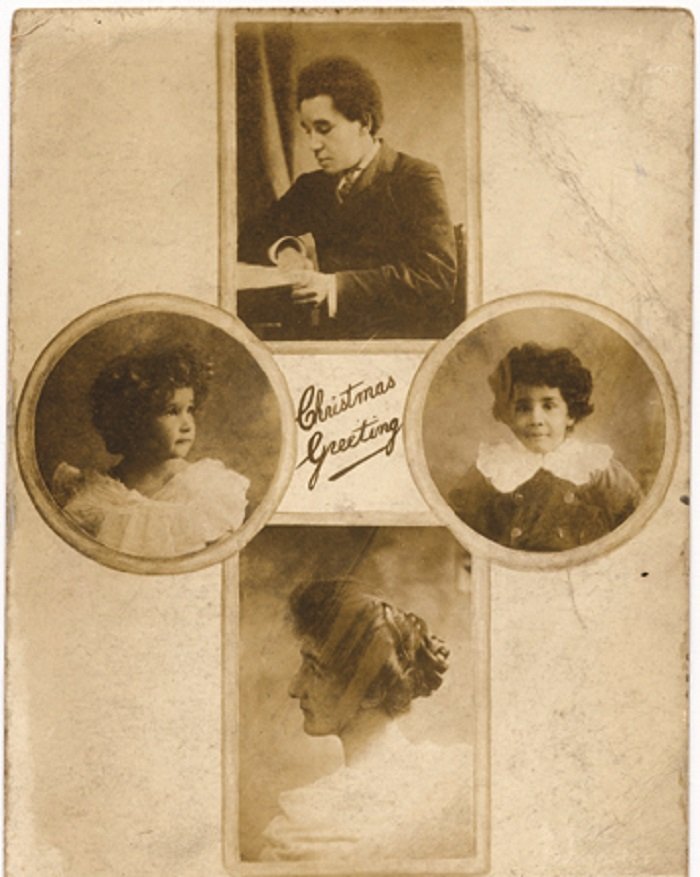There was a time when Samuel Coleridge-Taylor’s performances regularly packed out the Royal Albert Hall. But what happened to him?
The music genius from Croydon published his first classical piece at 16 years old, defied societal odds in the 20th century and was invited to the White House before he was 30, writes Claudia Lee.
Born on August 15, 1875, in Holborn and raised in Croydon, Mr Coleridge-Taylor was a British-Sierra Leonean composer and conductor.
For this year’s Black History Month, the South Bank Centre hosted an evening to remember Mr Coleridge-Taylor, as well as two other inspirational black composers – Dvoák and William Grant Still – with a programme of their works performed by violinist Randall Goosby and pianist Zhu Wang.
Mr Coleridge-Taylor studied violin at the Royal College of Music in Prince Consort Road, South Kensington and went on to become Professor of Composition at the Guildhall School in Silk Street, Barbican.

Conscious of his African descent, Mr Coleridge-Taylor’s classical compositions were heavily influenced by traditional African music, making him one of the most progressive writers of his time.
He also became well-known for his use of poetry.
In 1898, the premiere of Mr Coleridge-Taylor’s Hiawatha’s Wedding Feast propelled the composer to international fame and respect.
Hiawatha’s Wedding Feast was the first part of a trilogy of compositions based on the 1855 poem by Henry Wadsworth Longfellow, The Song of Hiawatha, honouring Native Americans.
Despite the success, Mr Coleridge-Taylor sold the copyrights of the Hiawatha trilogy for little more than what would now be £500, not realising that one section of the piece alone would sell about 140,000 copies before the First World War.
Mr Coleridge-Taylor made three tours of the United States, in 1904, 1906 and 1910.


In the US, he became increasingly interested in his paternal racial heritage.
He participated as the youngest delegate at the First Pan-African Conference held in London, and met leading Americans through this connection, including scholar and activist W. E. B. Du Bois.
In 1904, on his first tour to the US, Mr Coleridge-Taylor was received by President Theodore Roosevelt at the White House, a rare event and positive step forward for people of African descent.
Hiawatha’s Wedding Feast was performed at the Royal Albert Hall on November 22, 1912.
Mr Coleridge-Taylor died four days later – collapsing at West Croydon railway station in the summer of 1912 at the young age of 37.
Throughout his short life, he faced financial struggles and personal tragedy, which are often linked to his early demise.
There are two blue plaques in memory of the composer, one in Dagnall Park, South Norwood, and the other in St Leonard’s Road, Croydon.
The inscription on Mr Coleridge-Taylor’s carved headstone includes a tribute from his close friend, the poet Alfred Noyes, that includes these words: “Too young to die: his great simplicity, his happy courage in an alien world, his gentleness, made all that knew him love him.”
Picture: Samuel Coleridge-Taylor Picture: Wikimedia Commons, Public Domain and Plaque honouring Samuel Coleridge-Taylor on the house in which he died, in Croydon, Picture: Wikimedia Commons, Marc Fresko
Related Stories
Everyone at the South London Press thanks you for your continued support.
Former Housing Secretary Robert Jenrick has encouraged everyone in the country who can afford to do so to buy a newspaper, and told the Downing Street press briefing:
“A free country needs a free press, and the newspapers of our country are under significant financial pressure”.








If you can afford to do so, we would be so grateful if you can make a donation which will allow us to continue to bring stories to you, both in print and online. Or, please make cheques payable to “MSI Media Limited” and send by post to South London Press, Unit 112, 160 Bromley Road, Catford, London SE6 2NZ





















Discussion about this post